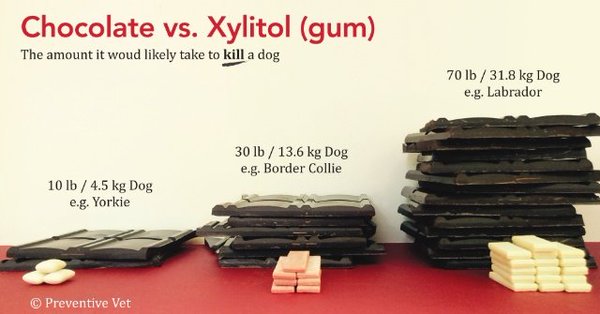|
New Guarantee on all West Paw Products
Posted July 05, 2017 Love It Guarantee™West Paw Introduces NEW Guarantee on all productsWe’re happy to announce even more ways to keep your customers—and their dogs—happy. West Paw now guarantees every product we manufacture here in Montana – that’s all of them. If customers are unhappy with the performance of a West Paw product they purchase from you, we’ll replace or refund their purchase. Best of all, we do the legwork for you. Direct customers to our Customer Experience team ([email protected]) and we'll take care of them. It really is that simple, easy, and hassle-free. "Because we make everything ourselves in our own Bozeman, Montana-based facility, we have complete control over every step of our manufacturing process. This means we are 100% confident in the durability and safety of everything we make. So, it's only natural that West Paw now guarantees every single one of our products." - Spencer Williams, Owner, and CEO How is this guarantee different from our old guarantee? West Paw truly believes in the quality and craftsmanship of our products. From our Zogoflex dog toys to our handcrafted beds and plush toys, West Paw confidently stands behind our American made products. Previously our guarantee only applied to our Zogoflex toys and pet beds. Now we are happy to announce we offer a guarantee on 100% of our products. Simply Put: If your customer(s) is unhappy with the performance of our products, we will make it right by either replacing or refunding the customer’s purchase(s). |
AuthorGail Raven DeMoss Veterinary technician with 30 years experience. Archives
August 2018
Categories |
Proudly powered by Weebly


 RSS Feed
RSS Feed